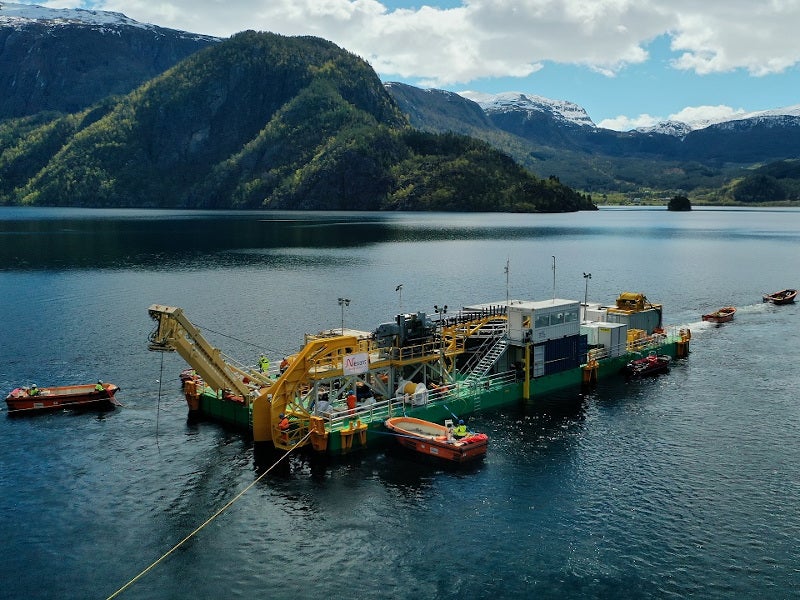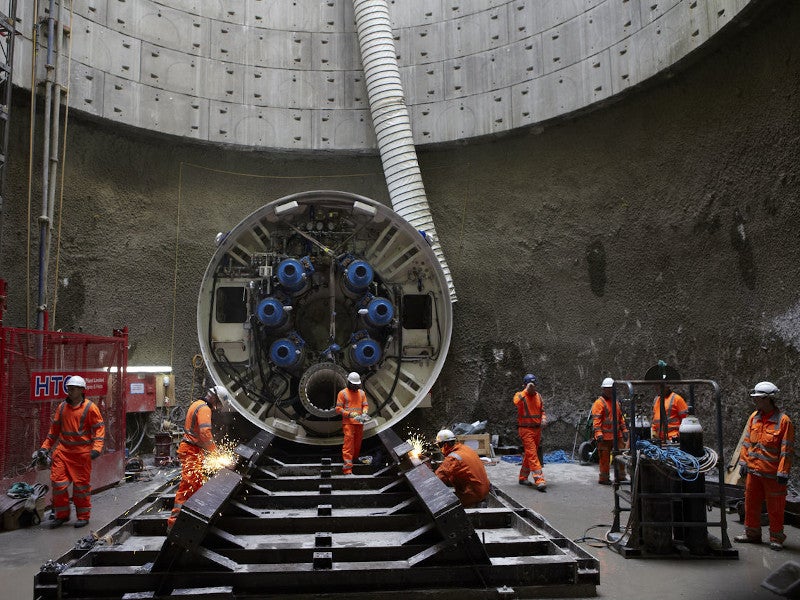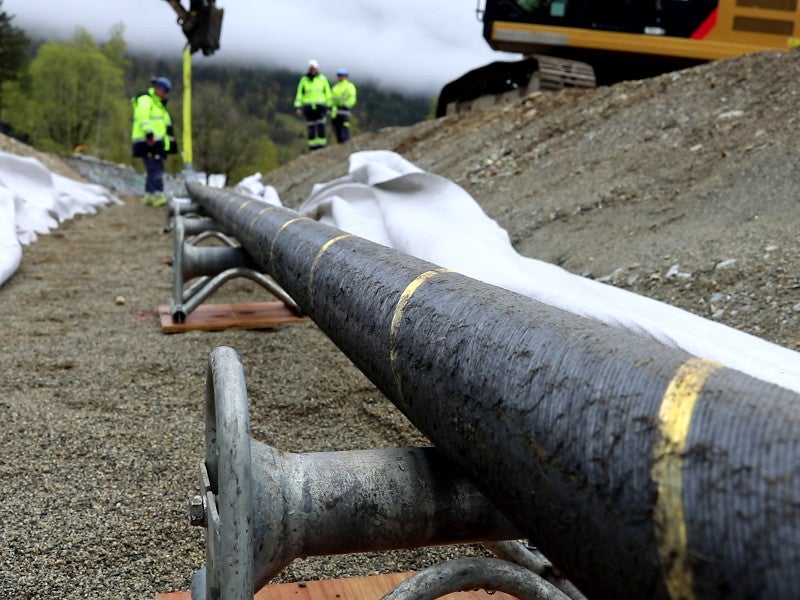The North Sea Link Interconnector between Norway and the United Kingdom (UK) is the world’s longest subsea high-voltage direct current (HVDC) transmission link that entered service in October 2021.
It is the first direct transmission line between Norway and the UK and is intended to facilitate the integration of renewable energy and enable grid stabilisation in the two European countries.
The £1.6bn ($2.2bn) project was developed by North Sea Link (NSL), a 50:50 joint venture between the UK National Grid and the Norwegian transmission system operator Statnett. It involved laying two parallel HVDC cables between Kvilldal in Rogaland, Norway, and Blyth, UK. The subsea route length of the interconnector is approximately 720km.
The cross-border subsea transmission link started operating with a maximum transmission capacity of 700MW, which will be gradually increased to its design capacity of 1.4GW by the end of 2021. It is designed to operate at a voltage level of ±525kV.
The North Sea Link Interconnector project development
The interconnector project involved laying two parallel HVDC cables both onshore and offshore and the construction of two converter stations. One of the converter stations is located at Cambois in Northumberland County, UK, whereas the other one is located at Kvilldal, Norway.
The cable laying work in the UK segment of the project was started in 2018, while that in the Norwegian segment was started in 2020.
In the Norwegian part of the project, subsea cables were laid along a route length of 2.8km in Lake Suldalsvantnet in 2020. A floating platform, 43m long and 15m wide, was constructed to lay high-voltage cables through the Lake Suldalsvatnet. The water depth in the area is up to 210m.
In another section in Norway, the HDVC cable passes through a 2.35km-long mountain tunnel, which was constructed between Hylsfjorden and Lake Suldalsvatnet in March 2017.
The final section of the North Sea Link Interconnector cable was laid in June 2021.
Project finance
Sace and Simest joined hands with BNP Paribas Corporate & Institutional Banking to provide export financing worth £415m ($519m) to the National Grid in December 2016. The loan was meant to finance a contract awarded to Prysmian for the North Sea Link project.
The European Union’s (EU) Connecting Europe Facility provided £25m ($42m) grant during the project’s initial development stage to support technical design studies of the cable equipment and converter stations.
Contractors involved in the world’s longest subsea interconnector project
Prysmian Group was awarded a contract worth £393m ($609m) to manufacture, supply and install approximately 950km of onshore and offshore cables for a route length of 470km of the interconnector project in July 2015.
Prysmian’s Arco Felice factory in Naples, Italy, manufactured the single-core cables with mass impregnated paper insulation, while its cable-laying vessel Giulio Verne was used to install the subsea cables on the UK side of the project.
Nexans was awarded a contract worth £243m ($377m) to design, manufacture and install the cable on the Norwegian side of the project in July 2015.
Nexans’ plant in Halden, Norway, manufactured approximately 500km of mass impregnated non-draining (MIND) HVDC cables for the project, while its cable-laying vessel Nexans Skagerrak was used for laying subsea cables on the Norwegian side of the project.
Fugro provided remotely operated vehicle (ROV) survey and monitoring support services to Nexans for laying cables through the mountain tunnel and the Lake Suldalsvatnet in Norway in 2020.
ABB secured a £290m ($450m) contract to set up HVDC converter stations for the project in July 2015. The contractual scope included design, engineering, supply, and commissioning of two ±525 kV, 1,400MW converter stations, which were built incorporating ABB’s voltage source converter (VSC) technology HVDC Light.
Implenia Norway, part of Switzerland-based Implenia Group, was contracted by Statnett for ground and tunnel works of the Norwegian segment of the line in June 2015. The scope of work included excavation, blasting, tunnelling, as well as the construction of quays and landslide protection.
Next Geosolutions was contracted to conduct a marine survey for the cable route design and engineering in December 2016. The contractual scope included marine geophysical and geotechnical surveys both nearshore and offshore, ROV inspection, unexploded ordnance (UXO) survey and topographic survey.
WSP (formerly WSP Parsons Brinckerhoff), an engineering consultancy firm based in London, UK, received a contract to provide cable manufacturing quality and inspection services for the cable manufactured in Prysmian’s Arco Felice factory in March 2017.





